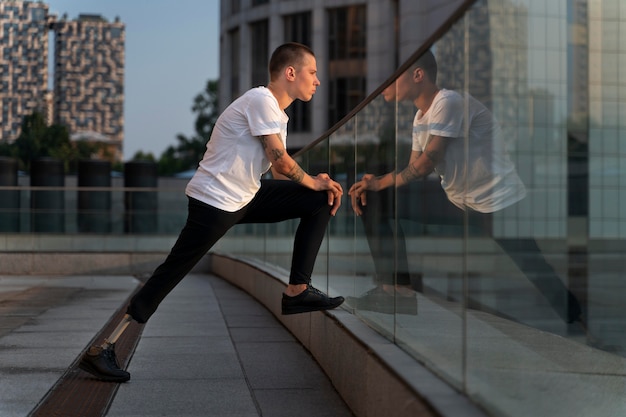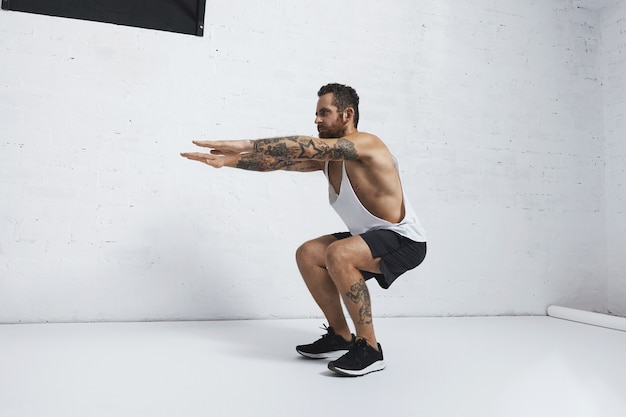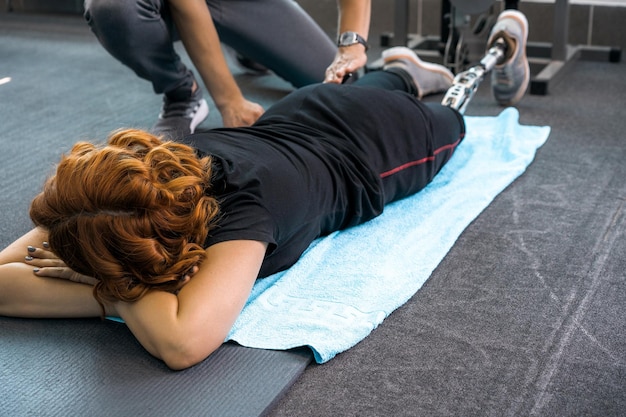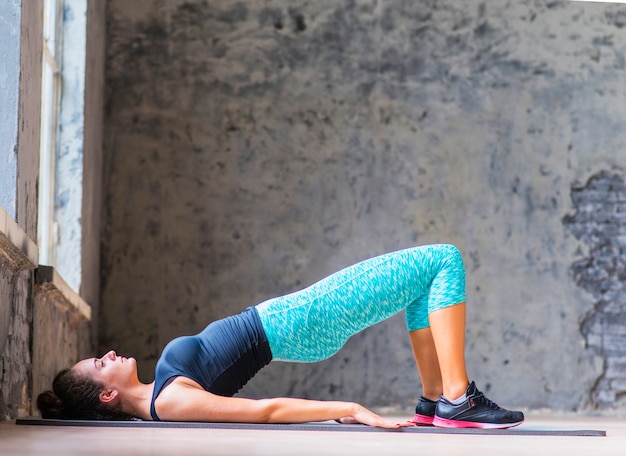If you’ve ever felt stiff when getting out of bed, struggled to touch your toes, or noticed your body creaking more than it used to, you’re not alone. Modern life—long hours sitting, repetitive movements, and lack of dynamic activity—has made poor mobility a silent epidemic. The good news? Mobility isn’t just for athletes or yogis. With a simple, science-backed 28-day plan, anyone can improve their range of motion, reduce discomfort, and move with greater ease—no gym or experience required.
Mobility refers to your ability to move a joint through its full range of motion with control, strength, and ease. It’s different from flexibility, which is passive—like having someone else push your leg into a stretch. Mobility combines flexibility, strength, coordination, and joint health.
Good mobility helps prevent injury, improves posture, enhances daily function (like bending, lifting, and turning), and supports long-term joint health. The best part? Your body responds quickly to consistent, targeted movement—even if you’re starting from zero.

This plan is designed to take just 10–15 minutes a day. It focuses on major joints—hips, shoulders, spine, and ankles—that commonly lose mobility due to inactivity. Each week builds on the last, gradually increasing range of motion and neuromuscular control.
Goal: Restore basic movement patterns and increase blood flow to stiff areas.
Why it works: Gentle movement lubricates joints, reduces stiffness, and re-educates the nervous system on forgotten motion patterns.
Goal: Increase active range of motion with controlled movements.
Tip: Breathe deeply during each movement. Exhale as you deepen the stretch—this activates the parasympathetic nervous system and helps muscles relax.

Goal: Combine mobility with stability through movement sequences.
Why it works: Functional movements train your body to use new ranges in coordinated ways, improving real-world performance.
Goal: Reinforce gains and test progress.
You should notice improved ease in daily movements—bending, reaching, turning—and reduced stiffness.
1. Consistency Over Intensity: Daily micro-doses of movement are more effective than occasional long sessions.
2. Neurological Re-education: Your brain ‘forgets’ unused movement patterns. Repetition re-maps them.
3. Joint Nutrition: Movement pumps synovial fluid into joints, delivering nutrients and removing waste.
4. Progressive Overload: Like strength training, mobility improves when gently challenged over time.
This plan is flexible. Adjust based on your needs:
Listen to your body. Mobility work should feel like a challenge, not pain. Discomfort is normal; sharp pain is not.
Mobility is a lifelong skill, not a one-time fix. The 28-day plan is a launchpad. After a month, you’ll have better movement, less stiffness, and a toolkit to maintain it. The key is to keep moving—daily, deliberately, and with awareness.
Start today. Your future self will thank you.

Fitness

Fitness

Fitness

Fitness

Fitness

Wellness

Wellness

Fitness

Fitness

Fitness

Fitness

Fitness

Health

Fitness

Health

Health